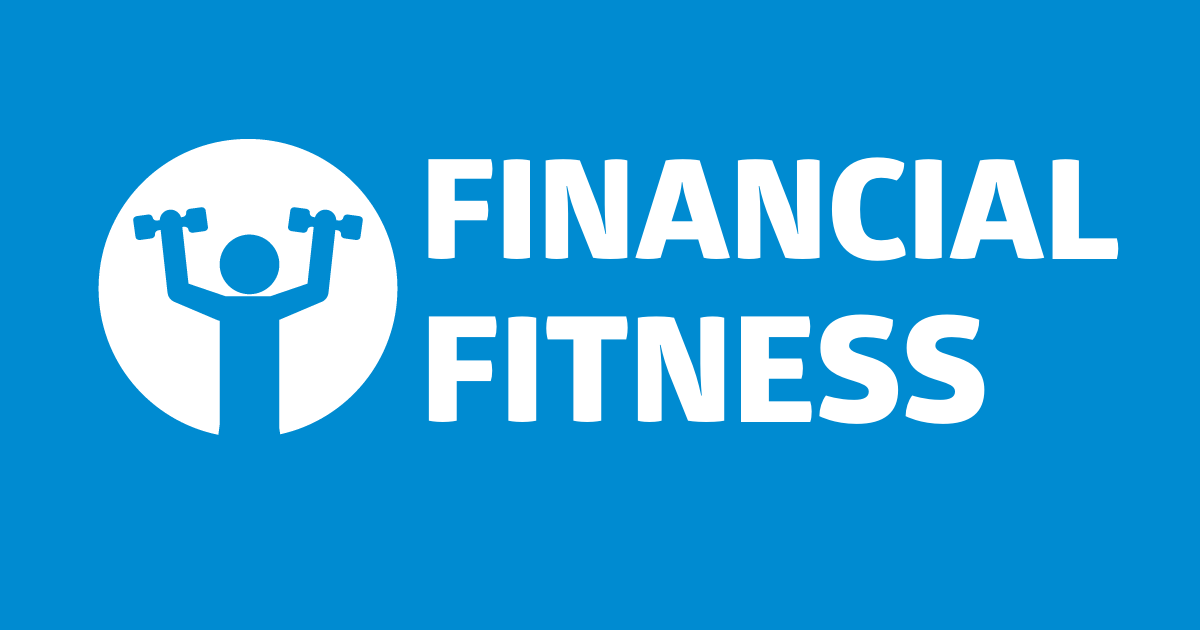If you’ve been reading my column for any time now, you know how important your credit score can be. You also might know that there are several factors that affect how your score is formulated. Today, we’re going to talk about one of them – credit utilization – and discuss why it’s something you shouldn’t ignore.
Credit utilization refers to the amount of credit you have used compared with how much credit you have been extended by a creditor. Lenders can use this ratio in part to determine your creditworthiness.
Your credit utilization is calculated using the total available credit you have. We’re talking about all your credit including credit cards, auto and student loans, mortgages, home equity loans, or other debts. The higher the percentage of credit you’ve used in relation to your available credit, the lower your credit score can be.
The total dollar amount of your credit used is not as important as the total percentage of the credit used. The suggested percentage for an acceptable use of credit available is around 25 to 30 percent.
Credit scoring models often consider your credit utilization rate when calculating a credit score for you, and it can impact up to 30% of a credit score (which makes it one of the more influential factors), depending on the scoring model being used.
A very easy way to calculate your credit usage for any account on your credit report with a credit limit listed is to calculate 10 percent of the credit limit then multiply that number by three.
Here’s an example: if your credit limit is $500, take 10 percent of $500 which is $50. Then multiply that by 3 which would be $150, which is the maximum amount you should have charged on that particular account if you want to maintain a good usage ratio. Use the same formula for any credit account you have.
Multiply your credit limit by 0.10 and then multiply by 3 to get your max credit amount
When you see yourself getting close to your credit utilization number you should begin to pay down the amount before you charge additional credit to that same account. This calculation works for any account on your report.
You can also estimate your overall credit utilization by totaling all your outstanding debt and dividing it by the total amount of credit available then converting it to a percentage number by multiplying that number by 100.
An example would be if you had a total of $56,000 of debt and you had $100,000 of total credit available.
56,000 divided by 100,000 = 0.560, then multiply by 100 = 56%.
As you can see this is well above the suggested 25 to 30 percent usage amount, which means you should focus on reducing your debt versus adding to it.
Now, you may have heard credit counselors or even a friend say that it can actually hurt your credit to cancel a credit card. The truth in this is related to your credit utilization ratio.
When you close out credit cards, you lower the amount of credit you have available, and if you have any balances on your cards, you will increase your credit utilization percentage and simultaneously hurt your credit score. The lower your credit utilization percentage the better.
Though most financial counselors recommend that you use less than 10 percent of your available credit, using some credit is better than not using any, because it shows lenders that you know how to use credit. And understanding how credit utilization effects your credit score can help you manage your credit balances and maintain a good credit rating.
If you need assistance calculating your credit utilization rate, a HUD Certified Housing counselor can help with that process. For additional information on this and other financial topics you can always email me at Charlestien.harris@southernpartners.org.
Until next week—Stay financially fit!
Charlestien Harris AFC/AFCPE
Credit/HUD Certified Housing Counselor
Southern Bancorp Community Partners
